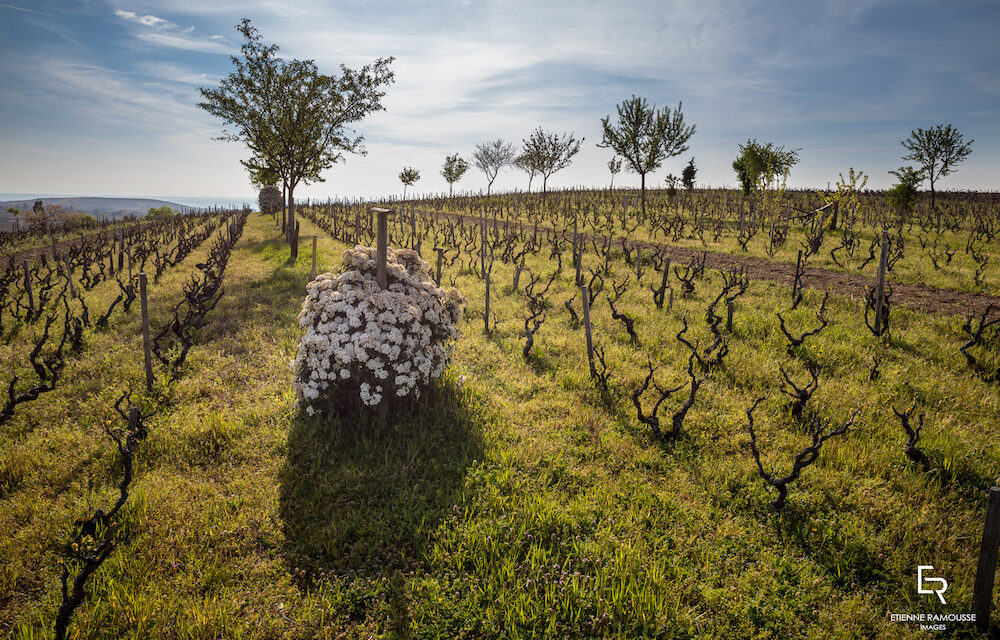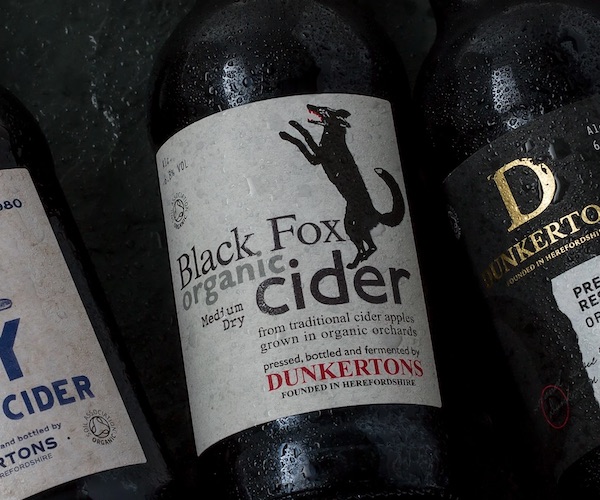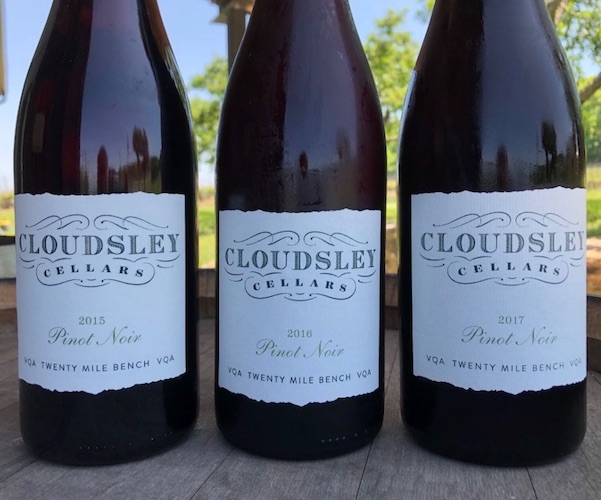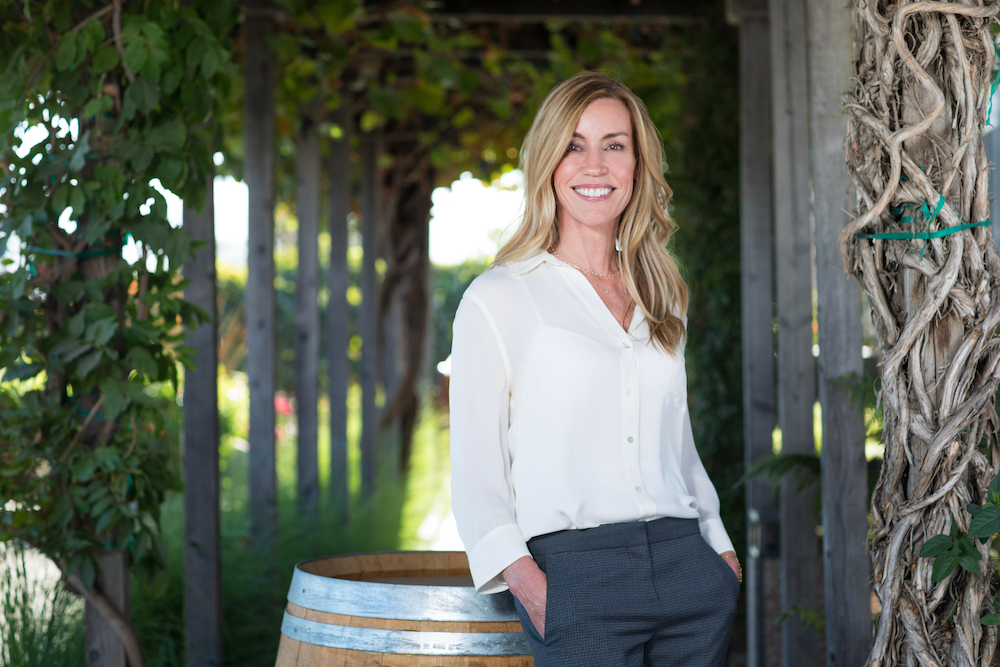By Dick Snyder
The wines are fabulous and that’s mostly all you need to know.
The first item I put on my Christmas list this year is a bottle of Beaujolais from one of the 10 crus designations found in the northern reaches of the region. I find these wines to be the perfect fit every time — and they only come in red, which is always the right colour. I trust that Santa has good taste. I only worry that I’m on the wrong side of his list this year. Holidays and occasions aside, the reason I like Beaujolais wines so much is that they are accessibly priced and varied enough in style that one doesn’t grow weary of drinking them. Even better, this is an exciting time for the wines of Beaujolais — or, rather, for the drinkers of these wines.
Beaujolais is located within the Burgundy (Bourgogne) administrative zone and it lies just north of the gastronomic ground zero of Lyons, the third largest city in France. It’s important to parse the region and understand the various designations. There are 12 AOCs, including two regional appellations known as Beaujolais and Beaujolais-Villages. Then there are the 10 crus, located mainly in the hillier and soil-complex northern reaches. These are names you may be familiar with, for they occasionally (aka, randomly) appear on the shelves at your local liquor monopoly: Brouilly, Côte Brouilly, Régnie, Morgon, Chiroubles, Fleurie, Moulin-à-Vent, Chénas, Juliénas, and Saint-Amour.
The cru wines may be the pinnacle, but hey, I’m no snob. I’m pretty darned happy with a good Beaujolais-Villages — of which there are 39 named villages — but I’ll option up for a crus wine any day of the week. You’ll pay about $15 for most Village wines in Ontario. Most crus hit the LCBO at or above the $20 mark. They are certainly worth the 25 percent premium. Pay $30 and up for a stellar experience, most likely a single vineyard lieu dit. At these prices, Beaujolais represents some of the best values for premium and ultra-premium wines that are priced for real everyday folks.
The region’s wines have a storied history so, if you’re into going full geek on a region, Beaujolais provides endless entertainment. But let’s save that for another ramble. All you need to know is the wines are versatile with food and also balanced and pleasurable enough for everyday drinking.
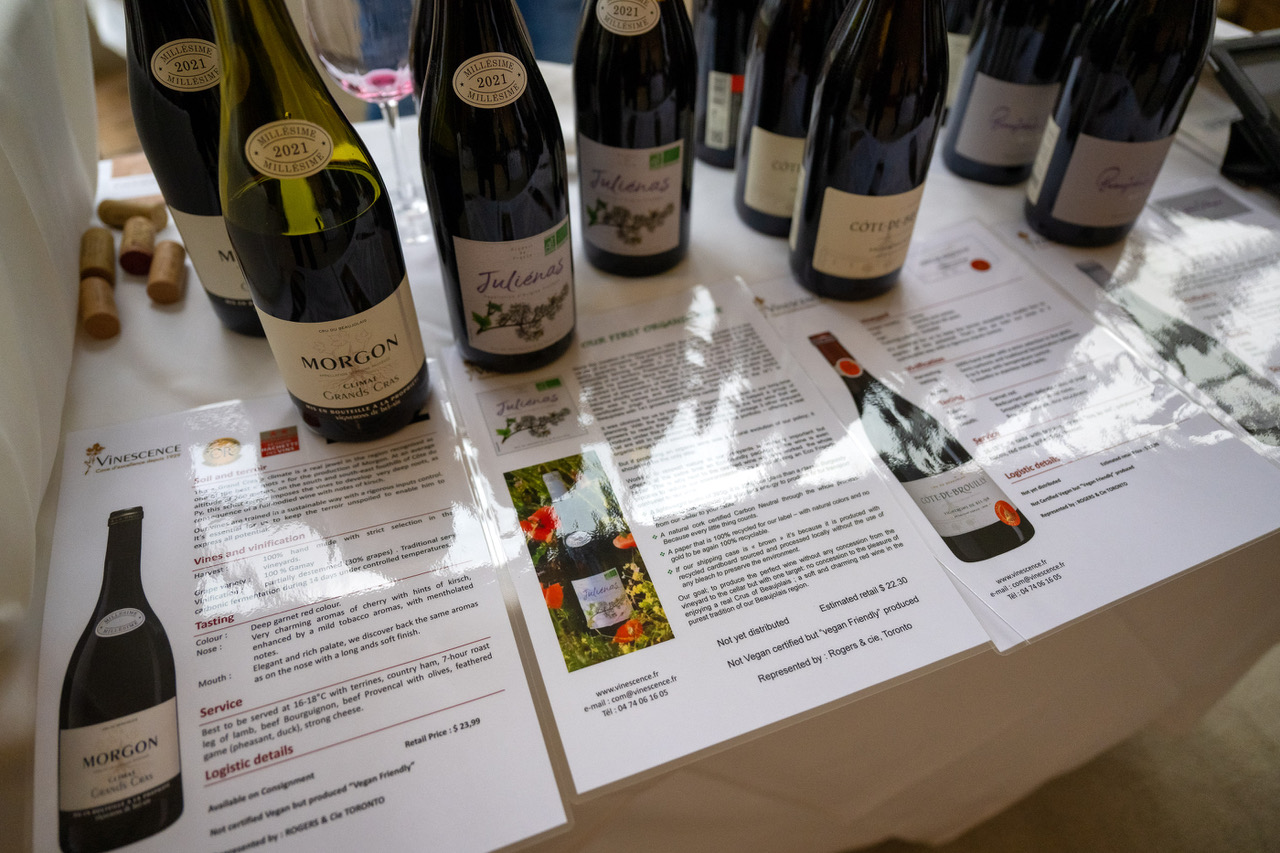
Is Beaujolais the perfect wine, perchance? Perhaps. For me, these wines are top of the tops. Desert-island wines to be sure.
I sometimes feel a bit of a sham writing about wines from a region to which I have not travelled. Though, to be fair, I have been in the Burgundy region several times. I just haven’t made it south to Beaujolais, which is administered as part of Burgundy (Bourgogne) but is perceived within and without as decidedly separate as pertains to winemaking and wine style. I’ll visit Beaujolais soon because these lovely red wines are among my favourites for pure enjoyment and consistency. Anyone asks me what wine to buy, I will suggest Beaujolais among the Top 3 — and at the cru level if you can get it. But this comes with a caveat that the wines can be damned hard to find at many provincial liquor monopolies. This may be changing, as it seems Canada is squarely in the crosshairs of the Beaujolais marketing folks. For this, we can be grateful. As well, bottle shops and wine agents are a great source for the finest and small-production wines.
Feeling Beauj curious? Here are a few things to know to make you feel comfortable.
First, forget everything you’ve heard or remember about Beaujolais Nouveau. I’m not even going to go into it in detail. Just know that it was a marketing ploy to convince people to drink grape juice that was harvested and made into wine just a few weeks prior to it hitting your lips. Sure, that’s a fun idea and it puts money back into winemaker’s pockets during the same fiscal cycle in which they harvested. But drinking those wines really only makes sense if you live in Beaujolais — and you made the wine. To quote Monty Python’s sketch: “This is not a wine for drinking. This is wine for laying down and avoiding.” Fortunately, the Beaujolais Nouveau conceit has fallen away and now the region can set about showing the world what finesse and complexity is all about. This is why Beaujolais is so exciting right now.
As well, as I’ve learned at recent tastings with wine representatives and winemakers from the region, considerable effort is going into overlaying knowledge gained from scientific research onto the legacy of a centuries old winemaking tradition. You might say that tradition has less to do with the winemaking in Beaujolais these days than the desire to make the best wines possible and in the most sustainable manner possible, with very many wineries embracing organics and other sustainable methods. This is also why Beaujolais is so exciting right now.
Today’s 14,500 hectares of land under vine are planted 98 percent to Gamay and 2 percent to Chardonnay. We don’t see much of the Chardonnay in these parts, so grab it if you can — the wines can be hefty, fruity and delicious, though they tend to lack complexity and age-ability. But if you’re like me, you don’t maintain a cellar of ageing Chardonnay. You drink it as it comes, when it’s ready. And that’s usually immediately after it is secured in your home or before your next birthday.
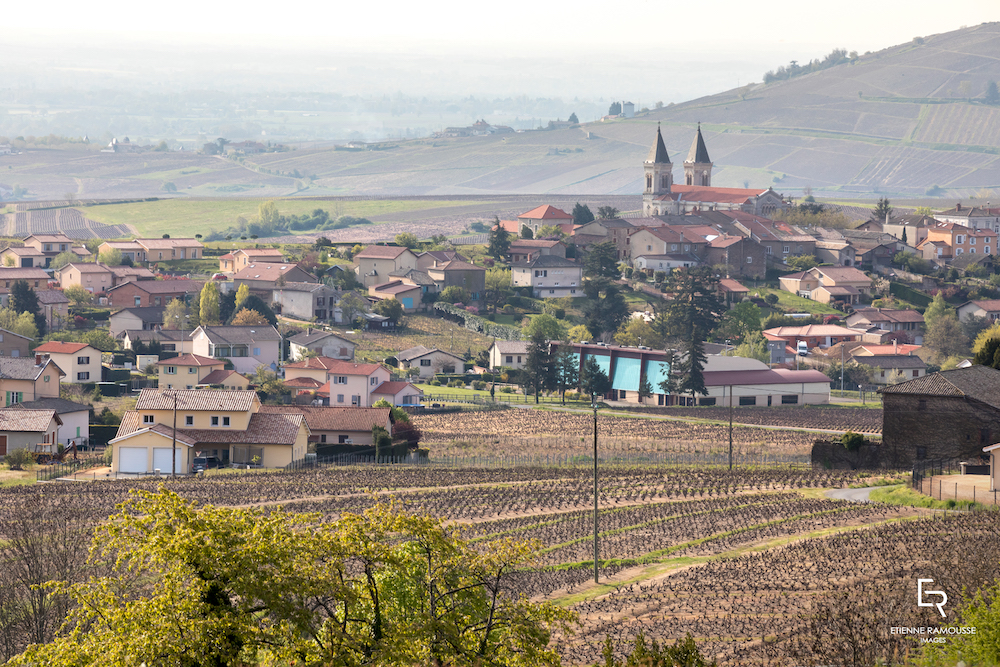
So, we’ve established that 98 percent of Beaujolais is made from Gamay, a red grape. This is a grape that doesn’t get much love from the general public though it is much revered by wine professionals. Perhaps this is because, unlike, say, Pinot Noir — with which Gamay shares some stylistic characteristics as well as a home in Burgundy — it is not widely planted in other parts of the world. The exception to this is Canada and especially Ontario, where excellent gamay is made by the likes of Cave Spring, Leaning Post, Stratus, and Malivoire. Fifty percent of the world’s supply of Gamay is grown in the Beaujolais region. This is a quite awesome fact. Nobody’s making wine that tastes like the wines of Beaujolais. Bring a bottle to a party and you can be 99 percent sure you’re the coolest person in the room. (Or the nerdiest; it’s a fine line.)
The wines are generally light in body with moderate alcohol of 12 to 13 percent or so. Aromas and flavours tend to fresh berries — raspberry, cherry, blackberry — and sometimes tropical notes of bananas or bubble gum. You may hear or read the descriptor “pear drop.” I don’t know what a pear drop tastes like so I can’t vouch for it. I just now looked it up: A pear drop is a British boiled sweet made from sugar and flavourings, which explains why British wine writers echo this note ad nauseum. (Sounds terrible and not at all like the Beaujolais and Gamay wines that I know, but there you go. I suppose it might be akin to banana and bubble gum notes. Anyway, best to find out for yourself.) – [Arf! – Ed.]
What I love about these wines — especially the finest examples — is the touch of savoury and spice notes such as black pepper and fresh and dried herbs. Tannins are low and acidity is high, making these wines approachable and — as John Szabo MS notes in a recent WineAlign post — “convivial.” I like that word. It makes me wonder why’d I’d drink any wine that wasn’t convivial, for I surely have done and regretted it. (Which doesn’t mean I didn’t finish it.)
Just two percent of the Beaujolais region’s output is Chardonnay — and good luck finding any of that. Beaujolais’s intense focus on the Gamay variety is rather unique among global wine regions. You might think the wines — grown and made over a wide swath of land but in the same climate — would deliver similar qualities. A sea of same-tasting wines, given that they’re all made from gamay and all made by the French. But not at all, for there are considerable variables too. The region is awash in soil orders as well as dramatic variations in elevation, aspect, slope and — last but not least — winemaking philosophy.
Over the past 10 or 20 years or so progressive winemakers have intensified their energies on coaxing the very best wines from their land. This is where the science comes in. Detailed mapping of terrain and soil orders conducted from 2009 to 2018 is being used by viticulturists to inform future plantings and to more effectively manage existing vineyards. The entire region has been mapped as to soil characteristics — 300 variants have been identified — at a level of detail that quite boggles the mind. What this means for us wine drinkers is that quality will continue to climb. Isn’t it exciting to ponder that we are yet to achieve peak Beaujolais? The wines are already so damn good… how much better can they possibly get?
This is not your concern at the moment. Your concern is how to find these wines. I make no joke when I say that I buy any Beaujolais cru or village-level wine that appears on monopoly shelves, or the shelves of fine bottle shops. And I ask for these wines whenever a monopoly shop representative is nearby, doing my part to lobby for what is good and just.
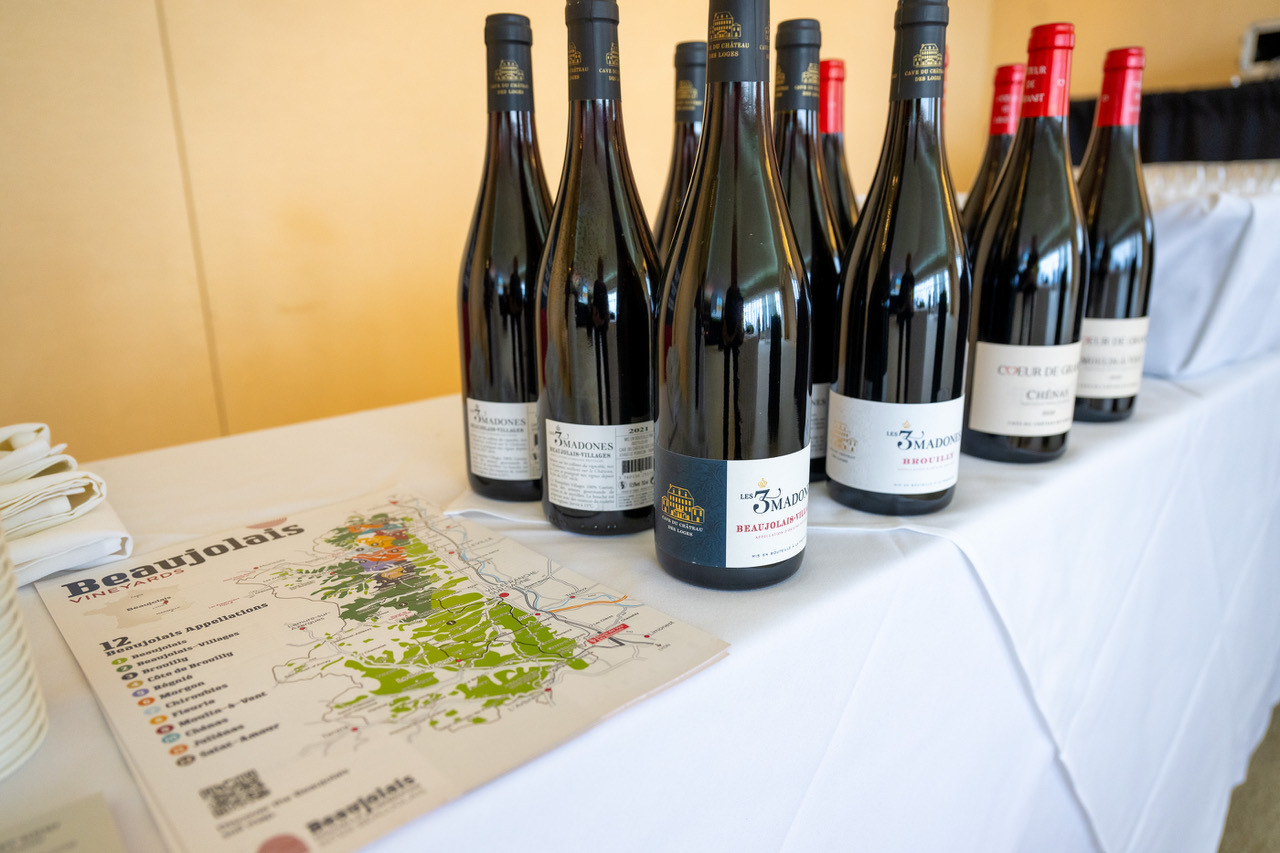
At a tasting event this summer, several Beaujolais winemakers presented their wines to the trade and some of them have since found representation with agencies in Toronto and the rest of Canada (ROC). Domaine de Boischampt is now represented by Ranger Wine and a current listing includes a rare Beaujolais Villages Blanc 2020. Vignerons de Bel Air is represented by Rogers & Co. and Domaine Chermette is with Maitre de Chai. The wines of DuBoeuf — a name intrinsically wound up in Beaujolais lore — can be found on the general list at many provincial monopolies, while their cru wines pop up here and there. Recently at VINTAGES in Ontario we’ve seen their Julienas, Moulin-à-Vent and two Morgons from different vineyards. We can expect more vineyard identification on cru-level wines in future, another happy outcome from the recent in-depth soil study.
At a dinner with the wines of Château La Chaize held at Richmond Station in Toronto this summer, I tasted several crus wines that were, every one, excellent. (Their Brouilly 2019 is currently available at Nicholas Pearce Wines.) The estate has deep roots in the region, a historic and impressive property that was recently acquired by the Gruy family. They have implemented an intricate and no doubt costly strategy for improvement and environmental stewardship. They may be leaders in the quest for excellence, but they are not alone. And this is also exciting.
So, here’s the conclusion. I’ll be damned if I’m going to predict that Beaujolais and the Gamay grape is poised for its close up. Consumers are fickle and monopolies are fickle-er. And maybe we wine lovers don’t want everyone and the Kardashians prattling on about Beaujolais. Let’s keep it classy and observe an already wonderful wine region maintain and accelerate its forward motion, build upon a remarkable history, and strive to be the best it can be. It’s an exciting time for Beaujolais. But just so you know, I was into these wines 20-plus years ago.

